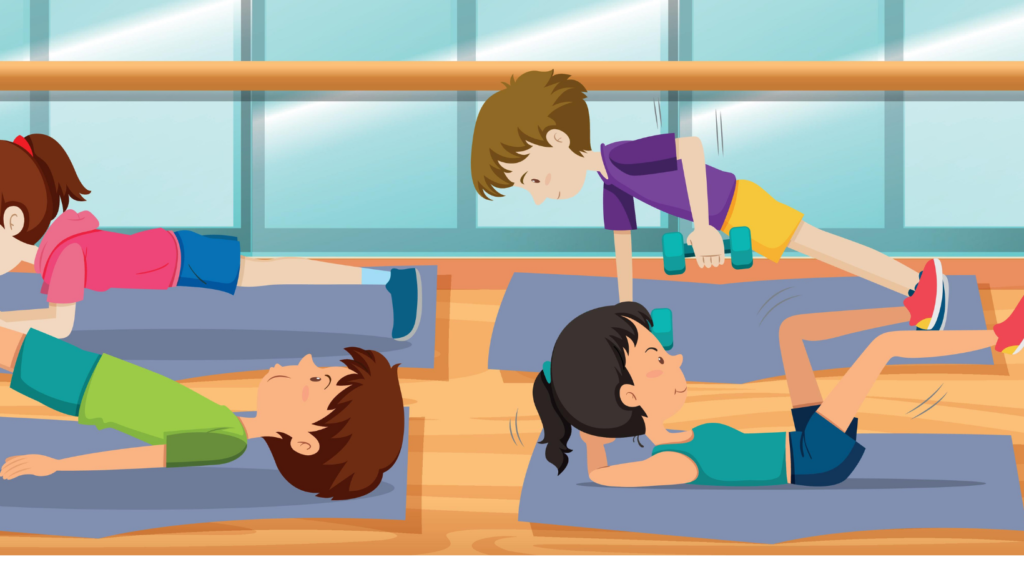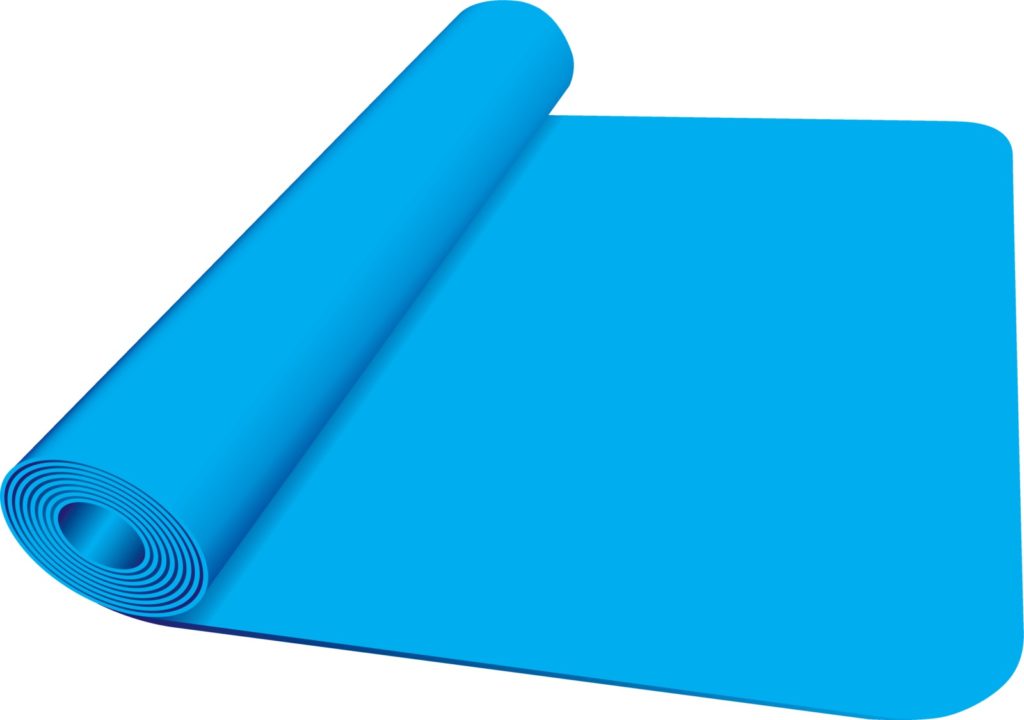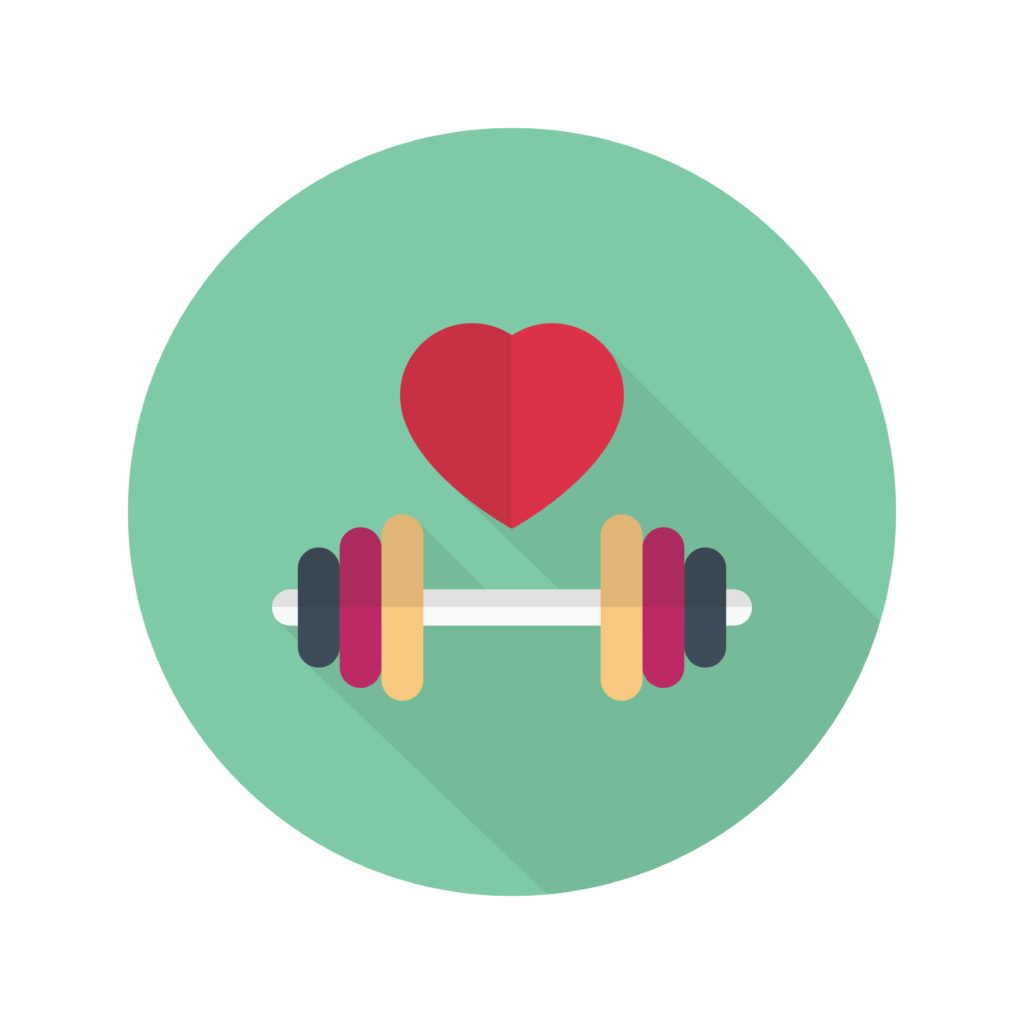The fall 2022 Nourished Festival is coming! This one will be online, and you can register for FREE (my favorite price). The Festival includes all kinds of classes and lectures, including cooking demonstrations, so you will have plenty of opportunities to ask questions about gluten-free and allergy-friendly food. There’s also an online expo. During the Festival you can pop into expo booths virtually to learn about each company and its offerings. Sometimes they have coupons or other discounts or show specials; many also have contests and giveaways.
Why Attend the Nourished Festival?
If you’re gluten-free or have food allergies, or are cooking for someone who is, this is a great way to see what’s new in the world of allergy-friendly foods.
Even if you don’t have a food allergy there are lots of reasons to attend the Nourished Festival online. First, you’ve probably got at least one friend who has a food allergy, whether you know it or not. Learning about food safety for those with food allergies, as well as allergen-free substitutes, will help you be prepared when someone coming to dinner discloses that they have a food allergy. Second, you’re likely to discover some tasty food for you! You don’t have to have allergies to enjoy allergy-friendly food. Third, it’s fun to watch cooking demos—and you can see EVERYTHING online, which isn’t always the case at live cooking demos. If you have kids you can use the demos to help spark their interest in food and cooking. If you find cooking intimidating, you can watch the demos to see it doesn’t have to be difficult.
As a Nourished Festival Influencer, I had the opportunity to attend a virtual meet-and-greet with some of this year’s sponsors. In addition to sponsoring the Nourished Festival, all of these organizations have great educational materials and other resources. Here’s what I learned:
Title Sponsor: Gluten Influence Group
Gluten Influence Group (GIG) is a title sponsor of the Nourished Festival. GIG’s mission to make life easier for everyone living gluten-free, and they’ve been doing it since 1974. They provide support, education, information on food safety, and more to those living gluten-free. They also have support groups all over the country, and all who are gluten-free (whether due to a medical diagnosis or by choice) are welcome. GIG’s generationgf program helps kids who are living gluten free, as well as their parents. They publish a magazine for kids and parents and hold an annual teen summit. Outside of support direct to those living gluten-free, GIG provides education for medical professionals, interested individuals, and dieticians. They host numerous free online seminars and sponsor other events. GIG has several other related projects. GFCO.org certifies products gluten-free (it’s a certification that means something!). They also have a restaurant certification, the Validated Gluten Free Safe Spot, so you can eat out with confidence. One of GIG’s newer projects is gigcares.org which helps those in need of gluten-free food with access—the cost is often prohibitive, especially now that we’ve got inflation issues. They will have contests, in-booth Q&A, free downloads including the Basics & Beyond, and information on how to get involved in their programs and groups.
Title Sponsor: Hodo Foods
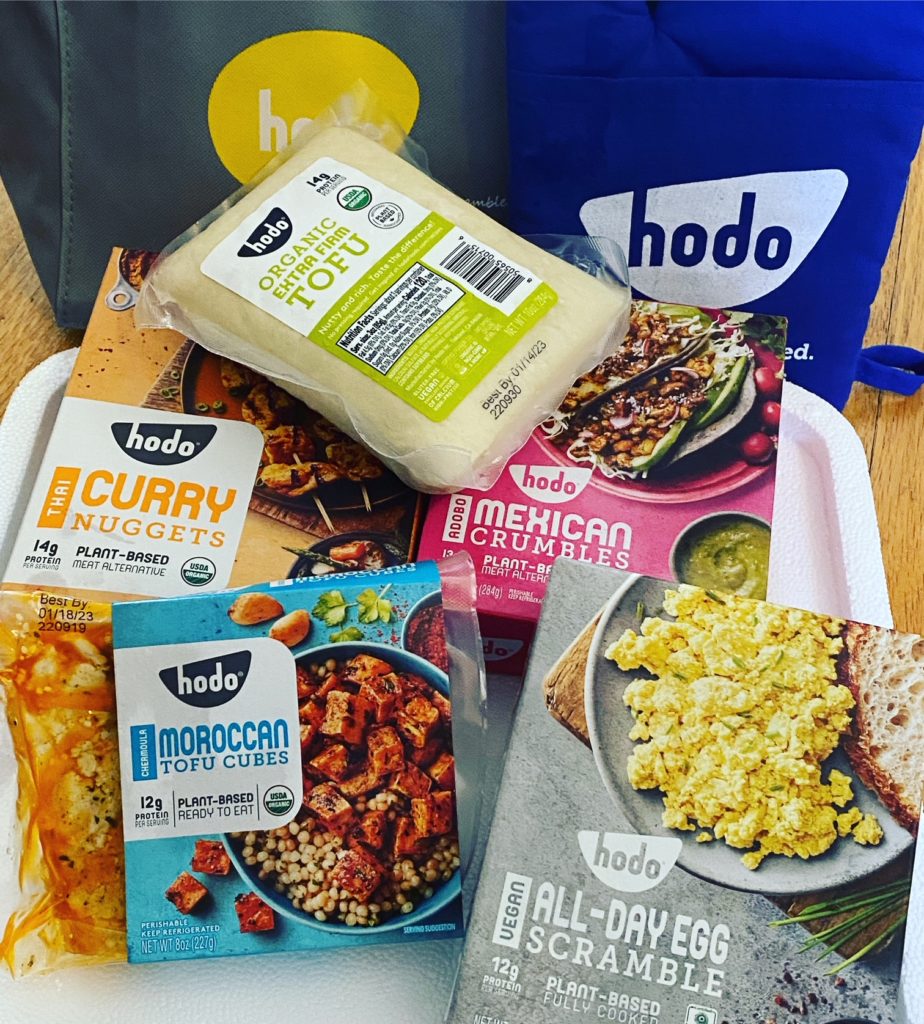
Hodo Foods is based in Oakland, CA (my California neighborhood!). Hodo Foods was founded by a Vietnamese refuge—back in the day when refugees from Vietnam arrived by boat—who arrived to the US and couldn’t find the tofu products he was used to eating. The company originally began making tofu for the local farmers’ markets and is proud to continue to manufactures in the U.S.A. You can find Hodo Tofu in several Michelin starred restaurants. Recently they have started to make new tofu products for the American market, which includes new flavors and textures. (I’m partial to the spiced tofu cubes, which I put into rice and bean bowls.)
As you may know, tofu is made from soybeans, a particular mineral, and water. You essentially make soy milk, then add a coagulant—like you would for cheese. Hodo uses only non-GMO North American soybeans, and they still use cheese cloth to form their tofu. Contrary to what you may have heard, tofu isn’t supposed to be bland or bitter, it’s supposed to have a nice nutty flavor. Hodo also makes a product called yuba. Yuba is made from the thick “cream” of the soy milk. Hodo is the only manufacturer of fresh Yuba sheets in the US. Tofu and yuba are good choices for people who are not allergic to soy, but who are gluten-free or have other food allergies (since both are free of several top allergens including nuts, dairy, fish, eggs, and sesame). Hodo also makes a plant-based egg scramble, which is handy if you are vegan or have an allergy to eggs. (I haven’t tried it yet. Drop a comment if you have?)
Title Sponsor: B Free Foods
B Free Foods wasn’t able to attend the meet-and-greet I attended, but B Free is also a title sponsor. They make an entire range of gluten-free, wheat-free, dairy-free breads and other baked goods. All of B Free is kosher certified and some products are also wholegrain certified. Think bagels, rolls, pizza dough, wraps, buns, and more. They have a new pita pocket out, and they are available at Costco! You can buy direct from B Free online, where they have a subscription option and the opportunity to building your own bundles, and in addition to Costco they are available in Publix and Kroger stores. The B Free website has some very basic educational materials about Celiac disease and gluten-sensitivity, as well as recipes and cookbooks (e-books).
Title Sponsor: the EZ Gluten Test Kit
Elisa Tek is another title sponsor. If you’re not familiar with them (I was not) they make the EZ Gluten Test Kit to test foods for gluten. They also provide testing services for brands (like in a lab) to verify that brands are gluten-free. It’s important to know how a brand verifies that their products are gluten-free—and they should be transparent about who does their testing (third party verification?), how often they test, etc. Elisa Tek also helps educate kitchens about the importance of making food gluten-free when requested. (If you are gluten-free, you’ve probably been at the restaurant that brings out the salad with croutons and then just takes them off when you remind them remind them you’re gluten-free. Clearly not acceptable if you have Celiac disease!) will have a presentation about what gluten is, where it comes from, and other basics that you might not know and be too timid to ask.
Sponsor: Canyon Bakehouse
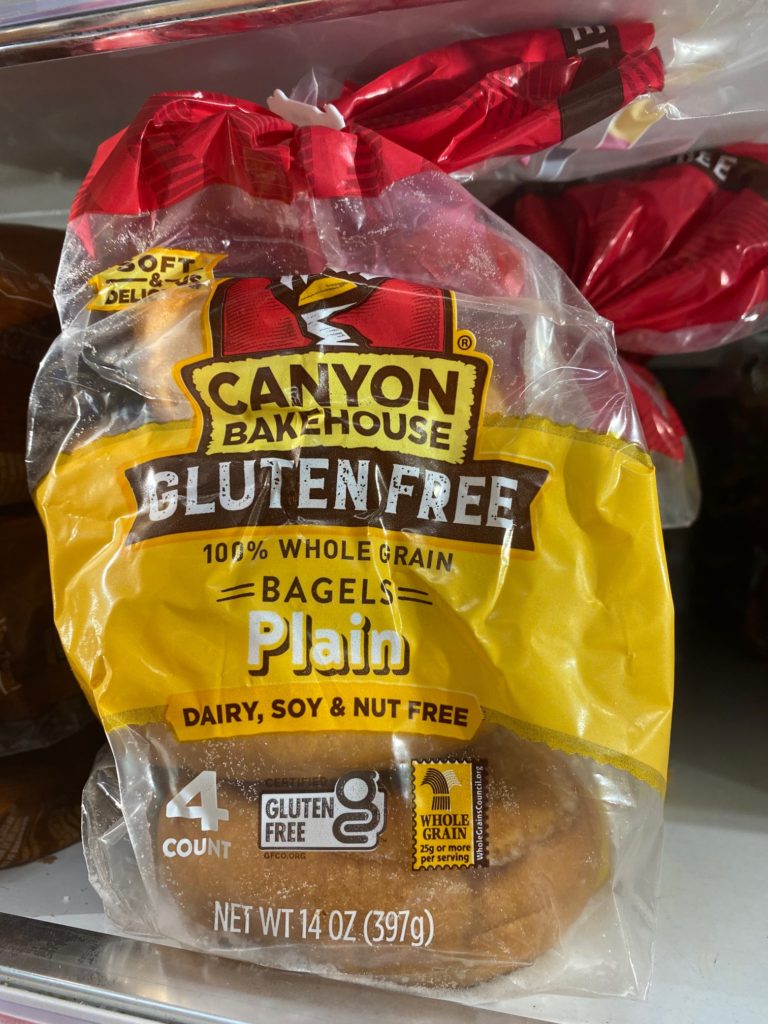
Another sponsor, Canyon Bakehouse, makes delicious gluten-free breads! The company was started by a mom who has Celiac disease. All Canyon Bakehouse products are dairy, nut, soy, and sesame free. I do eat gluten, and as a result I feel very qualified to tell you that I’ve tasted Canyon Bakehouse bread and it is the real deal. I solemnly swear if I put a regular gluten bread and an equivalent Canyon Bakehouse product on a plate, most people would be equally pleased or prefer the Canyon Bakehouse option. They make both shelf-stable (like “fresh bread aisle” products) and frozen foods. Canyon Bakehouse has several new items out, including a new brioche style dinner roll (look for it in the fresh breads aisle). Their booth will have a giveaway with swag, so be sure to stop by the expo. The website has hundreds of resources including recipes and e-books, including stuff for those newly diagnosed who need to avoid gluten. (Also coupons—super handy right now as food prices are rising, and gluten-free food is NOT cheap.) Their social media is monitored every hour, so if you need advice or have questions, that’s an easy way to reach out.
Register for FREE!
If you’re already booked the weekend of October 15-16, don’t worry. Register anyway. Pop in when you can. If you completely cannot—like you’re getting married that weekend—register anyway. Last year some of the presentations were recorded and available afterwards, plus you want to get on the sponsor’s radar (because coupons and free stuff). In 2023 plans are in the works for two fall Nourish Festivals—one at the Lake County Fairgrounds in Illinois, the other at the Meadowlands in New Jersey—in a new hybrid format! There will still be 24 classes and while those of us who can’t attend in person will miss out on the yummy samples, we won’t miss out on the contests, education, and coupons.

